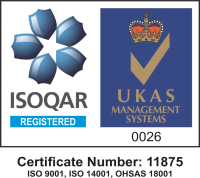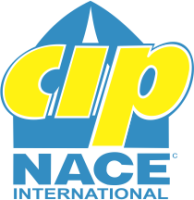A look into the process of cleaning Chemical, Oil or Contaminant spills
Chemicals, oils and contaminates are all products that, once spilled, can be extremely difficult to clean up. Leaving these products on the floor can also cause major damage. If you’re struggling to clean up these tough stains, we’re here to help. Read about the process of cleaning chemical, oil or contaminate spills below:
Chemical spills:
Ensure to put on the necessary protective gear before attempting to resolve the situation. After you have put on the protective gear you may begin the process. The first thing to do would be to place absorbents around any drains as an environmental safety precaution. Use an absorption kit to soak up the spill. Once the spill has been absorbed, dispose of the remaining products by scooping them into a chemical appropriate container and identifying it as hazardous waste. After disposal, use a detergent and water mixture to clean the surface where the chemical spill occurred.
Oil spills:
Yet again, you will need to contain the area of the spill so that it does not spread. Make sure to place absorbents around drains so that the oil doesn’t reach any waterways. In-situ burning is one of the methods used to get rid of oil spills on land, though this is usually only appropriate for use when the spills are large. A simple workshop oil spill would not require in-situ burning. The same process can be followed for oil spills as was for chemical spills. Absorbents can be used to clean the spill and must be disposed of appropriately. The area can then be cleaned with a mild detergent and water mixture.
Contaminate spills:
Other contaminants will use the same procedures as above. However, you need to remember that any spill larger than a few litres should be cleaned by professionals in order to ensure that the contaminants have been cleaned appropriately and that they will not be a threat in the future.




